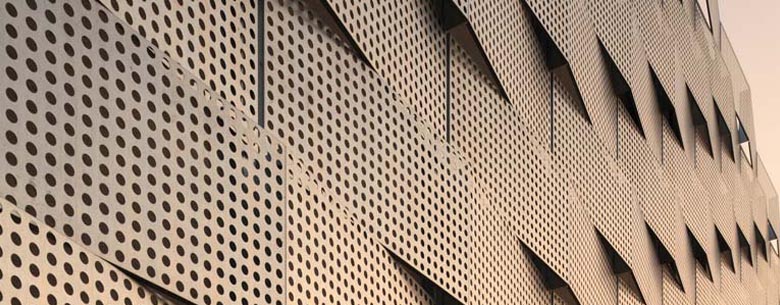Types of Noise Barriers Understanding Their Importance and Functionality
Noise pollution has become an increasingly pressing issue in urban environments, affecting the quality of life for residents and compromising health and well-being. One effective solution to mitigate this problem is the use of noise barriers. These structures are designed to reduce the transmission of sound from highways, railways, and other noise sources to nearby communities. In this article, we will explore the different types of noise barriers, their materials, and their effectiveness.
1. Earth Mounds
One of the most natural forms of noise barriers is earth mounds, often created from excavated soil. These mounds can be landscaped to fit the surrounding environment, adding aesthetic value while serving their primary purpose of noise reduction. Earth mounds are effective because they not only block sound but also absorb some of the noise due to their mass and the unevenness of their surface. However, the required land area and construction logistics can be a challenge.
Concrete noise barriers are among the most common types used, especially in urban areas. Their solid, heavy structure effectively blocks sound waves, making them highly efficient. These barriers can be prefabricated and installed quickly, which is a significant advantage for urban planning projects. One downside is that they can be visually unappealing, and if not designed properly, they can worsen the noise reflection, creating a phenomenon known as echo, which may exacerbate the noise problem.
3. Wooden Barriers
types of noise barriers

Wooden noise barriers offer a more aesthetic option that can blend into natural surroundings. They can be constructed in various designs and heights, providing flexibility for architectural considerations. While wooden barriers can effectively reduce noise, they are generally not as durable as concrete or earth mounds and may require more maintenance over time, particularly due to weather conditions.
4. Sound-Absorbing Barriers
Some barriers are designed specifically to absorb sound rather than simply block it. These barriers are made of materials like specialized acoustic panels or fiberglass, which have sound-dampening properties. These types of barriers can significantly reduce the overall level of noise and are often used in conjunction with other barrier types to enhance their effectiveness.
5. Green Barriers
An emerging trend in noise reduction is the use of green barriers, which incorporate plant life into the design. These barriers can consist of vertical gardens or rows of shrubs and trees, serving both ecological and acoustic functions. In addition to reducing noise, green barriers improve air quality and enhance the visual landscape, promoting biodiversity.
In conclusion, the selection of an appropriate noise barrier depends on various factors, including the specific noise sources, the surrounding environment, budget constraints, and aesthetic preferences. As noise pollution continues to be a challenge in increasingly crowded urban spaces, exploring these different types of noise barriers will play a crucial role in fostering quieter and more pleasant communities.
-
Why Galvanized Trench Cover Steel Grating Resists Corrosion
NewsJul.10,2025
-
The Versatility and Strength of Stainless Expanded Metal Mesh
NewsJul.10,2025
-
Load Calculations in Steel Grating Platforms
NewsJul.10,2025
-
Keeping Pets and Kids Safe with Chicken Wire Deck Railing
NewsJul.10,2025
-
Hole Diameter and Pitch for Round Perforated Metal Sheets
NewsJul.10,2025
-
Aluminium Diamond Mesh in Modern Architecture
NewsJul.10,2025
Subscribe now!
Stay up to date with the latest on Fry Steeland industry news.

